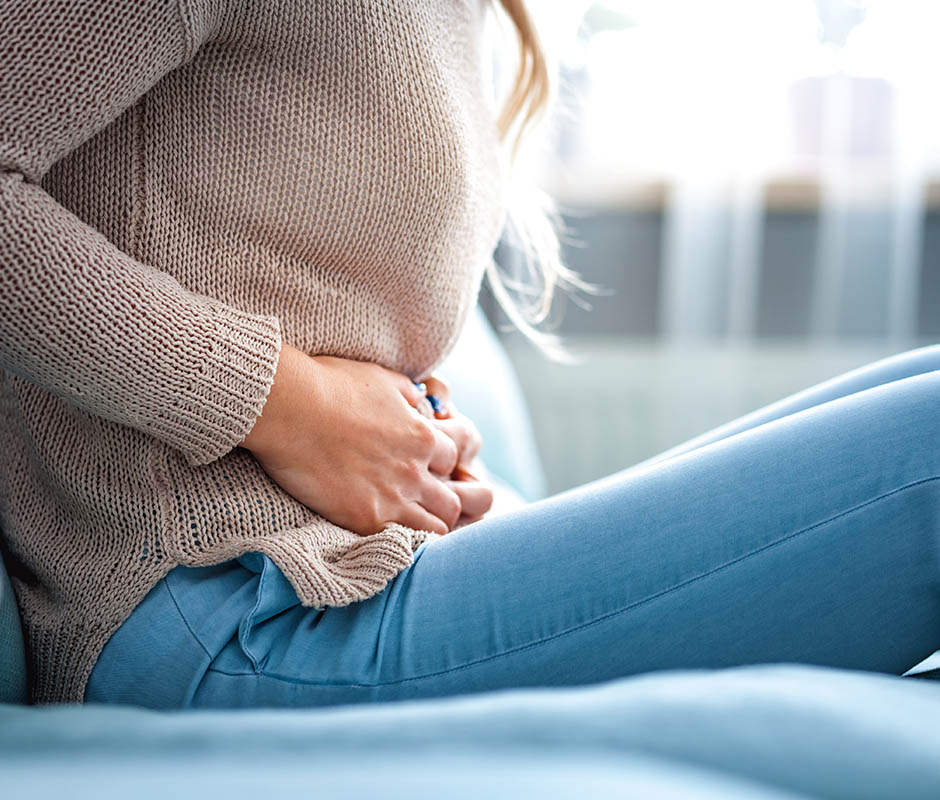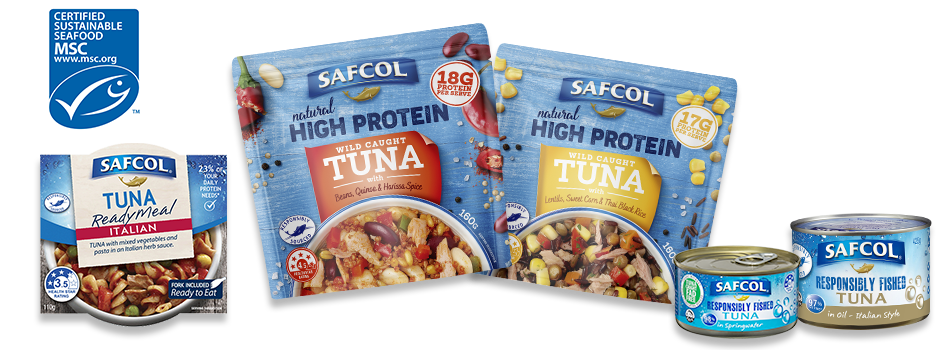Fish oil helps reduce period pain and duration
Posted on : June 26, 2023
by Ashleigh Feltham Accredited Practising Dietitian and Accredited Nutritionist

Fish oil helps reduce period pain and duration
Does that time of the month make you cringe, knowing it brings painful period cramps? The medical term for period pain is called dysmenorrhoea. A study conducted in 2012 in Italy found that 84% of women experience period pain.
The cause of period pain comes down to compounds called prostaglandins. These compounds cause the contractions that cause the pain and discomfort during your period. Women with dysmenorrhoea often have higher levels of these prostaglandins. This type of dysmenorrhoea is called primary dysmenorrhoea. In women with reproductive conditions, such as endometriosis, fibroids, pelvic inflammatory disease, and adenomyosis, it is known as secondary dysmenorrhoea.
The most common ways to manage the pain associated with that time of the month include heat packs, exercise, relaxation techniques, oral contraceptives, and pain relief medications such as ibuprofen. But diet can also provide nutrients to help reduce symptoms of dysmenorrhoea.
Research suggests that including dietary sources of calcium, magnesium, vitamins E, B1 (thiamine), C and minimising salt may help reduce symptoms of dysmenorrhoea. In addition to these vitamins and minerals, research shows the potential of fish oil to help reduce period cramps. It is proposed that it inhibits the production of prostaglandins.
Researchers investigated primary dysmenorrhoea in 120 students diagnosed with moderate to severe symptoms. They were randomly assigned into two groups. One group was given 1,000mg a day of fish oil throughout their menstrual cycle. Fish oil contains essential omega-3 polyunsaturated fat made from eicosapentaenoic acid (EPA) and docosahexaenoic acid (DHA).
The other group received ibuprofen when period pain began. Ibuprofen works by reducing the creation of prostaglandins. Each student reported the intensity and duration of period pain before receiving either the fish oil or ibuprofen and after a two-month period.
The results showed that not only did the fish oil group experience a shorter length of pain during their period, but at a lower level than the ibuprofen group. These results are statistically significant, and great news for women who want a natural approach to reduce period pain.
Omega-3 is an essential fat your body cannot produce, so you must obtain it from your diet. While this study used fish oil tablets, fish oil from whole food is preferable.
Fatty fish, like sardines, herring, salmon and mackerel, not only give your body a good dose of omega-3 but also other nutrients linked to reducing period pain, such as thiamine, calcium and magnesium. Fish with bones such as salmon and sardines are a great source of calcium, and seafood like mackerel is a good source of magnesium. Include a 100g serve of cooked seafood two to three times a week.

Take home message
If you dread that time of the month, try increasing your intake of omega-3 as well as thiamine, calcium and magnesium to reduce the discomfort associated with period cramps.

References:
- Different Type of Period Pain and What They Might Mean. Jean Health.
- Grandi G, Ferrari S, Xholli A, Cannoletta M, Palma F, Romani C, Volpe A, Cagnacci A. Prevalence of menstrual pain in young women: what is dysmenorrhea? J Pain Res. 2012;5:169-74. doi: 10.2147/JPR.S30602. Epub 2012 Jun 20. PMID: 22792003; PMCID: PMC3392715.
- Zafari M, Behmanesh F, Agha Mohammadi A. Comparison of the effect of fish oil and ibuprofen on treatment of severe pain in primary dysmenorrhea. Caspian J Intern Med. 2011 Summer;2(3):279-82. PMID: 24049587; PMCID: PMC3770499.



